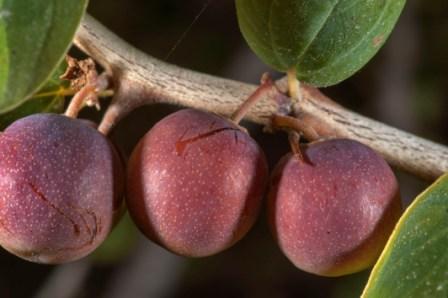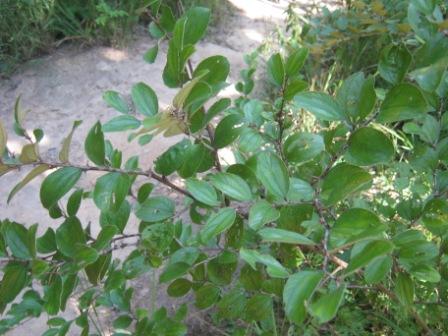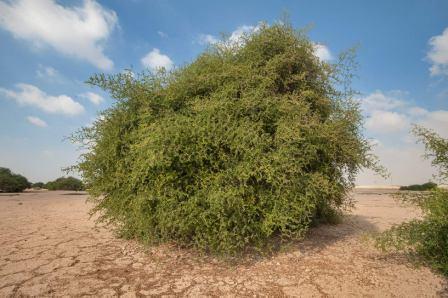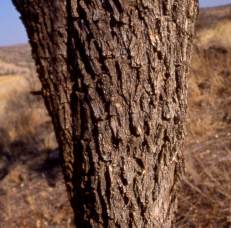Natural Regeneration :
Artificial Regeneration :
- Propagated by Nursery raised Seedlings.
Seed collection and Storage :
- Seeds are collected from June to August.
- Fresh Fruits on collection should be depulped and shade dried.
- Seed weight is 3300-500/kg.
- Seed has less viability.
Seed Treatment :
- Cold water treatment for 24 hours.
Nursery Technique :
- Seeds are directly dibbled into polybags with soil, sand and FYM in the ratio of 1:1:1 or 2:1:1.
- Soil with high clay content should be avoided.
- Fresh seeds should be graded and large size seeds are sown in polybags at the rate of two seeds per bag.
- Two leaf stage seedlings are transplanted into polybags.
Plantation technique :
- Polybags planting: In dry localities pits of 45 cm3 and in moist locality pits of 30 cm3 are dug for planting.
- Seedling of 6 -12 month old are out planted into the above pits during the rainy season;
- The spacing normally applied is 3x 3 m or 5 x 5 m for fodder production and 10 m x 10 m to 12 m x 12 m for fruit production.
Care & Disease Control :
- During February – March, prune the trees and thin the crowded branches to provide maximum fruit bearing area in the tree.
- Watering and weeding are very essential during the first two years for proper establishment and growth.
Recommended Harvest :
- Fruits can be harvested from 2nd year onwards
Yield :
- The yield ranges about 70-80 Kg of fruits/tree/year
Agro Forestory :
Plants have an extensive root system and can be used to aid in the fixation of coastal dune sand The tree is useful as a living fence; its spiny stems and branches deter livestock
Major uses :
- Fruits are eaten fresh or dried.
- Root is used against diabetes and chronic fever.
- Leaves are used to feed tussar silk worms.
- Timber is used for house constructions, agricultural implements, oil crushers, golf clubs and toys.
Other uses :
Fodder:
The leaves of Z. nummularia provide excellent fodder for livestock. In India, the average total yield of forage was about 1000 kg ha-1. The leaves are collected dried and stored.
Fuel:
It is a source of high calorific value (4400 kcal/kg) fuel and charcoal
Market details :
- Fruits : Approximately Rs.100 to Rs120/kg
- Wood : Approximately Rs.2600 to Rs.3000/ton





